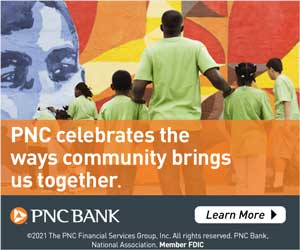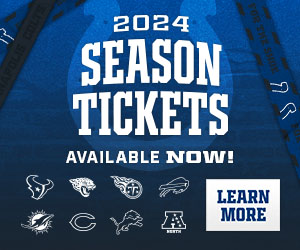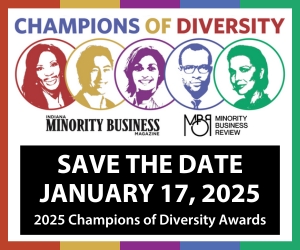By Ann Carmichael
Today, everything is online. Whether you are looking for a job or you are a searching for qualified job seekers, using the Internet is a viable tool. One of the most important networking tools for employers and employees is LinkedIn. LinkedIn was created in 2002 and launched in 2003 and has grown rapidly. Currently, the network has more than 350 million members in approximately 200 countries around the globe.
From the beginning, the goal of LinkedIn was to connect people in order for them to lead a more productive and successful lifestyle. Well-known for employment, it is also an effective tool for organizations and entrepreneurs. If you want to get your name “out there,” LinkedIn is the perfect way to go.
Most of those who use LinkedIn are either looking for work or looking for workers. Juan Phillips, a career advisor at Chicago State University (CSU), says using online resources such as LinkedIn for job searches is mandatory.
When advising students, the first thing Phillips tells them is it’s imperative to have an online presence. “Anything having to do with employment is online today, regardless if you filling out a job application or you are looking for available positions in a specific profession,” he says. “Resources, like LinkedIn, are strong tools in helping in a career search.”
But he also warns his students to keep their LinkedIn profile professional at all times. He states that, unlike Facebook, the majority of the individuals who use LinkedIn are business professionals, including those in various HR positions. Phillips says when it comes to LinkedIn, “You have to present the best profile you can.”
How to use
LinkedIn has become so popular that many career advising centers offer LinkedIn workshops. CSU offers one in which they help students, alumni and residents in the community set up a LinkedIn profile, including putting together a resume and online portfolio for those in the graphic designing, marketing and writing/editing.
For a LinkedIn profile, it should not only list your education and work experience, but it should also have a link to an online portfolio, especially if you are in the editing/writing, art, marketing or graphic design professions. Furthermore, if you have a professional blog, you can connect it to your LinkedIn profile. If a head hunter is on LinkedIn looking for prospective employees, he or she wants to see who you are and what you have done.
Say it with words
If you are wondering what HR departments are looking for when they view your LinkedIn profile, it is more than just your college degree. T. McCline, an HR associate at CSU for 17 years, says when she sees an online profile, she wants the words to jump off the page. “I need to hear creativity, desire and a hunger for advancement in what you write about yourself.” McCline said because she has been in HR for so long, she can tell from personal statements and cover letters if a prospective employee is a self-starter and team player. “Like most companies, HR looks for people who don’t have to be micro-managed all day, every day.”
As far as LinkedIn is concerned, McCline does agree that it is a helpful tool in looking for potential employees. However, she warns there are some negatives. For example, LinkedIn strongly recommends those who sign up for membership include a photo. McCline says for people of color, this could be an issue. “There are still corporations that base their hiring on race, and they will not hesitate to pass over a potential candidate because of their ethnicity, not thinking that this could be the one person who can ‘rock’ their business.”
Using LinkedIn to network and make connections is quite simple. Furthermore, it is free. There is no better way to get yourself into the job market than with an online profile. LinkedIn makes it simple for you to give your career a jumpstart with just a click of a button.










